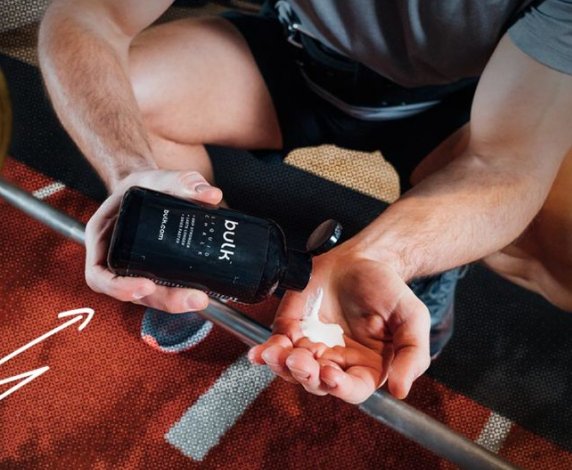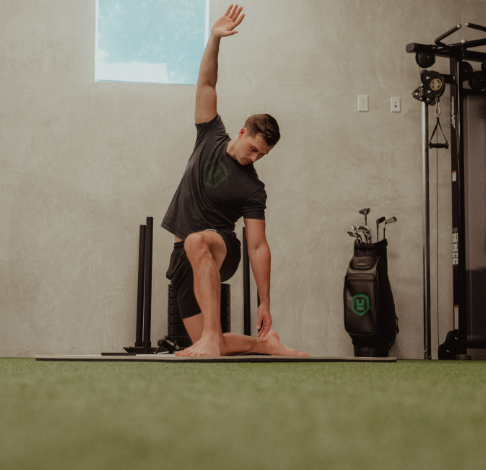
Preventing Golf Wrist Injuries: Tips and Techniques for Lasting Health
Golf is a sport that requires precision, technique, and control, and your wrists play a vital role in every swing. However, the repetitive motion of golf swings can place significant strain on your wrists, leading to injuries that can affect your performance. In this post, we’ll explore common golf wrist injuries, exercises to prevent them, and strategies for maintaining wrist health to keep you playing at your best.
Common Golf Wrist Injuries
Wrist injuries in golf are often caused by repetitive motion, improper technique, or inadequate strength in the wrist muscles. Understanding these injuries can help you take proactive steps to avoid them.
- Tendinitis
Tendinitis, or inflammation of the tendons, is one of the most common wrist injuries in golfers. It occurs when the tendons in the wrist become irritated due to repetitive swinging motions, leading to pain and swelling. - Sprains and Strains
Sprains and strains happen when the wrist’s ligaments or muscles are overstretched or torn. This can be caused by improper technique, overuse, or sudden movements during a game. - Golfer’s Wrist
Golfer’s wrist, or ulnar abutment syndrome, happens when the ulna bone in the forearm is too long or positioned incorrectly, causing excess stress on the wrist joint. This condition is often worsened by repeated swinging motions.
Key Causes and Risk Factors
Several factors increase the likelihood of wrist injuries in golfers, including:
- Poor swing mechanics or improper grip
- Overuse of the wrist joint without adequate rest
- Weak or unconditioned wrist muscles
- Inadequate warm-ups before playing
- Using ill-fitting equipment, such as clubs with the wrong shaft stiffness
Importance of Early Diagnosis and Treatment
If you experience persistent wrist pain, swelling, or reduced range of motion, it’s important to seek medical advice early on. Early diagnosis can help prevent minor injuries from turning into long-term issues that could significantly impact your golf game.
Prehabilitation: Exercises to Prevent Injuries
Prehabilitation focuses on strengthening and conditioning your wrists to prevent injuries before they occur. Incorporating these exercises into your routine can help improve wrist flexibility and strength, reducing your risk of injury.
Warm-Up Your Wrists
Start with simple wrist circles, rotating both clockwise and counterclockwise for 30 seconds each. This will help loosen the wrist joint and prepare it for the movements involved in swinging a golf club.
Stretching Exercises
Stretching improves wrist flexibility, which is crucial for injury prevention. Here are a few stretches to include in your pre-round routine:
- Wrist Flexor Stretch
Extend one arm in front of you, palm facing up. Gently pull your fingers downward with the opposite hand until you feel a stretch in your wrist and forearm. Hold for 20-30 seconds, then repeat on the other wrist. - Wrist Extensor Stretch
Extend one arm, palm facing down. Use your opposite hand to gently pull your fingers upward, stretching the top of your wrist and forearm. Hold for 20-30 seconds, then switch wrists. - Pronation and Supination Stretches
Extend one arm with your palm facing down. Rotate your wrist inward (pronation) and hold for 20-30 seconds, then rotate it outward (supination) and hold again. Repeat on the other wrist.
Strengthening Exercises
Strengthening your wrists is key to providing stability and endurance. Here are some helpful exercises:
- Wrist Curls
Sit or stand with your forearm resting on a flat surface, palm facing up. Hold a light dumbbell or resistance band, then curl your wrist upward and slowly lower it back down. Perform 2-3 sets of 15-20 repetitions per wrist. - Rubber Band Exercises
Place a rubber band around your fingers and thumb. Open and close your fingers against the resistance of the band. Complete 2-3 sets of 15-20 repetitions. - Grip Strength Exercises
Squeeze a stress ball or tennis ball with your hand, holding for a few seconds before releasing. Repeat 15-20 times per hand.
Rehabilitation: Exercises for Recovery
In the unfortunate event of an injury, rehabilitation exercises help restore strength and flexibility. Here are some general rehab exercises:
Rest and Ice for Acute Injuries
For sprains and strains, the first step is rest and ice. Apply ice to the injured wrist for 15-20 minutes every 2-3 hours during the first 48 hours after the injury to reduce swelling and pain.
Range of Motion Exercises
Once the acute pain subsides, gently restore mobility to the injured wrist through range of motion exercises:
- Wrist Circles
Rotate your wrist in circles, both clockwise and counterclockwise, for 10-15 repetitions in each direction. - Passive and Active Wrist Flexion and Extension
With your unaffected hand, gently move the injured wrist through flexion (bending) and extension (straightening). As your wrist heals, gradually perform these movements actively, without assistance.
Strengthening for Recovery
As the wrist heals, strengthening exercises can help rebuild strength and stability:
- Eccentric Wrist Curls
Hold a light dumbbell or resistance band, palm facing up. Slowly lower the weight by extending your wrist downward. Perform 2-3 sets of 10-15 repetitions. - Isometric Exercises
To activate wrist muscles without moving the joint, place your palm against a wall and gently push. Hold the contraction for 5-10 seconds, repeating 10-15 times.
Flexibility and Mobility
Maintaining wrist flexibility is crucial for achieving a smooth and controlled golf swing. Here’s how to enhance wrist mobility:
Yoga and Mobility Exercises
Yoga poses such as Downward-Facing Dog and Cat-Cow Pose are great for stretching the wrists. Incorporating resistance bands and foam rollers into your routine can further enhance flexibility.
Foam Rolling and Massage
Foam rolling your forearms can alleviate muscle tightness, improving wrist mobility. Additionally, consider professional massage therapy to target areas of tension and promote better circulation.
Prevention Tips
Preventing wrist injuries is key to a long-lasting and enjoyable golf experience. Here are some strategies to minimize injury risk:
- Proper Grip and Swing Mechanics
Work with a golf instructor to ensure that your grip and swing mechanics are correct. This will minimize unnecessary stress on your wrists during your game. - Choose the Right Equipment
Ensure your clubs are suitable for your physical condition and skill level. Clubs with the proper shaft stiffness and grip size can help reduce strain on your wrists. - Maintain a Balanced Fitness Routine
Focus on strengthening your entire body, including your core and upper body, to improve overall performance and reduce strain on your wrists.
When to Seek Professional Help
If you experience persistent wrist pain, swelling, or difficulty moving your wrist or fingers, it’s important to consult a healthcare professional. Early treatment can prevent further complications and help you recover quickly.
Conclusion
Taking care of your wrist health is essential for golfers who want to perform at their best and avoid injuries. By incorporating prehabilitation exercises, stretching, and strength training into your routine, you can prevent wrist injuries and maintain flexibility and mobility. In the event of an injury, follow a structured rehabilitation program to ensure a full recovery. With these strategies, you can enjoy golf for years to come, pain-free and with improved performance.






